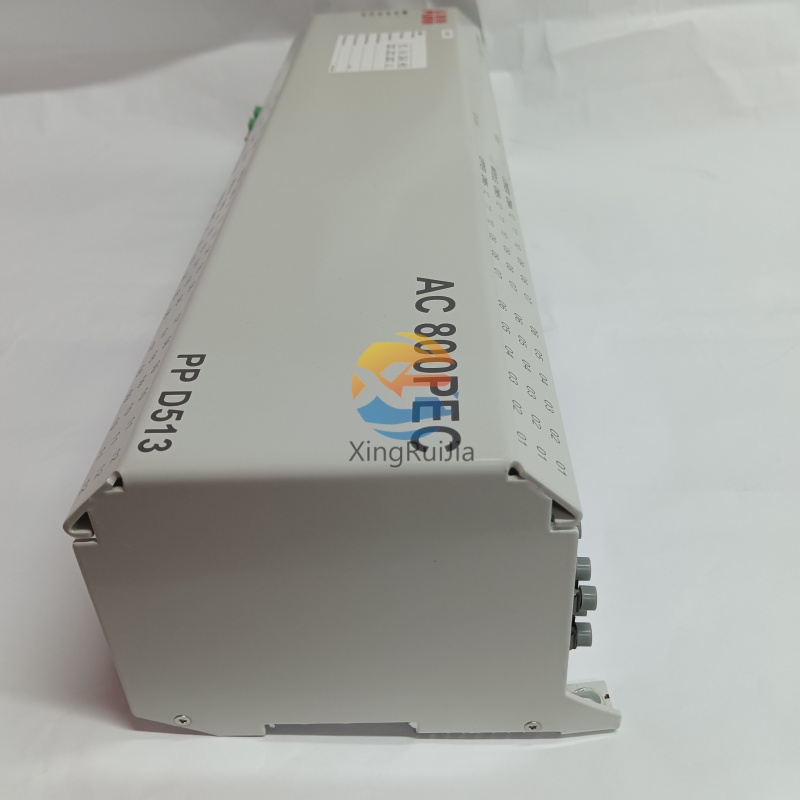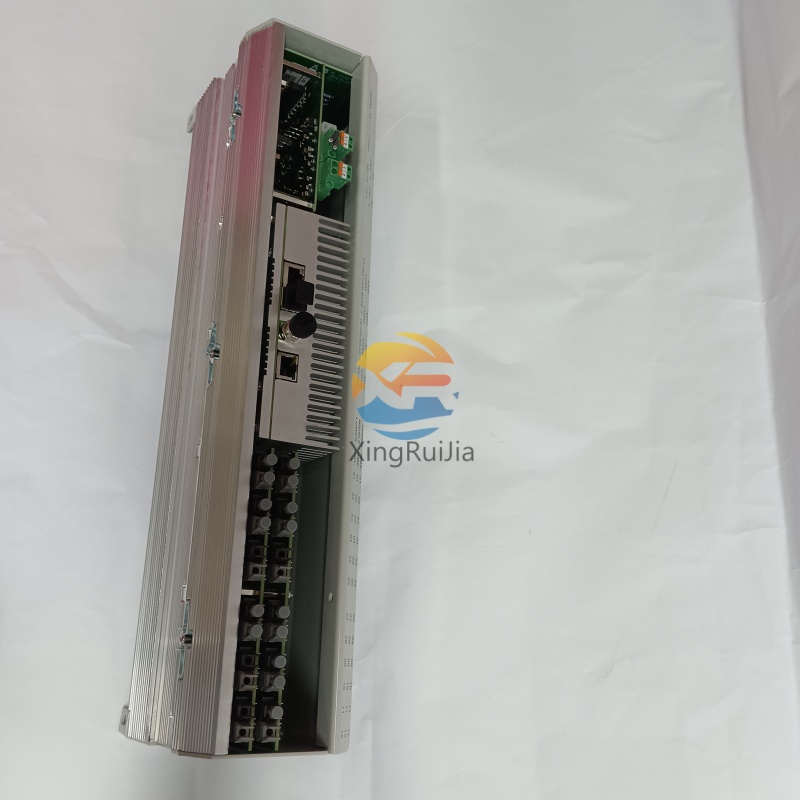When designing or maintaining a system that involves specialized components like PPD513A0E-110110, there may come a time when you need to find suitable replacements or alternatives for the part. Whether the part is discontinued, hard to source, or you’re simply looking for a more cost-effective option, finding the right alternative can be a challenge. Here’s a step-by-step guide to help you navigate the process.
Before you begin searching for alternatives, it's crucial to understand the exact role that the PPD513A0E-110110 plays in your system. This component might be a specific type of integrated circuit, sensor, relay, or another electronic part. Familiarizing yourself with its:
Functionality (e.g., power regulation, signal processing, etc.)
Electrical specifications (e.g., voltage, current, frequency, etc.)
Mechanical specifications (e.g., package type, pin configuration, etc.)
Brand and series information (e.g., manufacturer part number or series)
The more detailed your understanding, the easier it will be to find a part that can serve the same purpose in your design.
Many manufacturers or online resources provide cross-reference databases that allow you to search for compatible alternatives. Cross-references can give you information on components with similar functions, pin-outs, or characteristics.
Manufacturer's Website: Check the manufacturer's website for datasheets, application notes, or a recommended list of compatible parts.
Distributors’ Websites: Websites like Digi-Key, Mouser, RS Components, and others often have advanced filtering tools and cross-reference lookups.
Third-Party Cross-Reference Sites: Websites like Octopart or FindChips allow you to search for alternative components by part number or specification.
When searching for alternatives, focus on finding components with equivalent or better specifications. Pay attention to:
Voltage and Current Ratings: Ensure the replacement can handle the same or higher voltage and current levels.
Pin Count and Package Type: If the alternative has a different package type (e.g., through-hole vs. surface-mount), ensure it can physically fit into your system.
Functionality and Performance: The alternative must fulfill the same role in your system, whether it's providing power, processing signals, or acting as an interface.
Temperature Range and Tolerance: Ensure the part is suitable for your operating environment.
Even if a part seems like a suitable alternative based on datasheet information, it’s important to verify that the alternative will integrate well into your system. Pay close attention to:
Pin Compatibility: Verify the number of pins, pinout configuration, and spacing.
Signal Integrity: Confirm that the electrical characteristics of the replacement part match the needs of your design to avoid performance degradation.
Power Consumption: Check whether the new component has similar or lower power consumption, especially in battery-operated or low-power systems.
One of the most important factors in selecting an alternative is ensuring the part is available and can be sourced in the quantities you need. Consider the following:
Stock Availability: Use distributors to check the availability of the part in real-time.
Lead Times: If you're working on a tight schedule, ensure that the alternative part has reasonable lead times. Many suppliers offer “in-stock” options for quick delivery.
Obsolescence: Some alternatives may also be nearing the end of production, so be sure to check if the replacement is still actively manufactured and supported.
Cost can be a major deciding factor in selecting an alternative part. Always compare prices for both the original and potential replacement components. Don’t forget to also check the level of support available from the manufacturer or supplier:
Tech Support: Verify whether the manufacturer or distributor offers technical support if you need assistance with integrating the part into your system.
Warranty and Return Policies: Ensure that the supplier offers warranty support in case the alternative part is defective or doesn’t perform as expected.
Once you’ve selected an alternative part, integrate it into your system in a testing phase. Here’s what you should verify:
Functionality: Ensure the part performs as expected in the system without introducing any issues.
Electrical Behavior: Monitor the system for any unexpected voltage, current, or heat fluctuations.
Compatibility: Test how the new part works with other components in the circuit, ensuring no unforeseen interactions arise.
If you’re still having trouble finding a suitable alternative, don’t hesitate to reach out to industry-specific forums, online communities, or social media groups. Many engineers share their experiences and insights into sourcing hard-to-find components. Popular online forums include:
EEVBlog Forum: A community focused on electronics engineering, with users frequently discussing component alternatives.
Reddit (r/electronics): A place for engineers to ask for recommendations or share advice on alternative parts.
In some cases, off-the-shelf alternatives may not meet your needs. In these situations, it might be worth considering a custom solution, such as:
Custom-designed ICs: If your system demands a highly specialized component, working with a semiconductor manufacturer to design a custom chip might be worth exploring.
Re-packaging or Re-designing: If the alternative part is a different package type, you could re-design the system to accommodate it, though this could add additional development time and cost.
Finding an alternative to a specific part like the PPD513A0E-110110 involves understanding the original part’s function, performing a thorough search for compatible replacements, and ensuring that the alternative meets the necessary specifications for your system. By following the steps outlined in this guide, you can ensure that your replacement part will perform effectively and reliably.